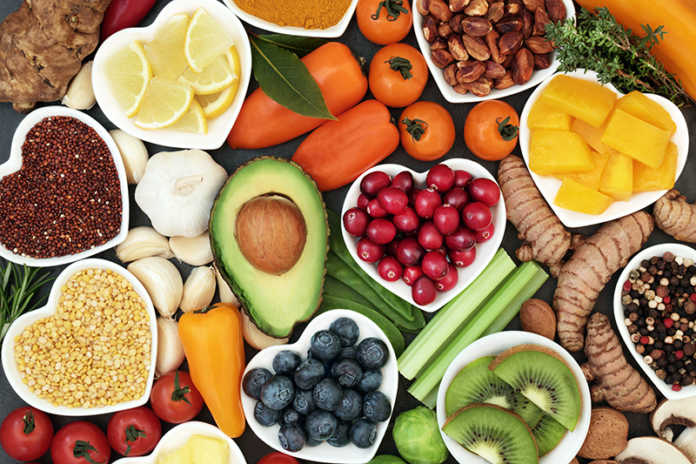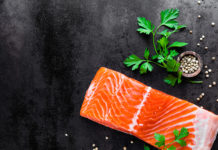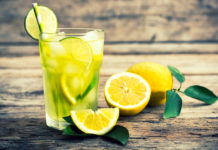
Yes biotin can be used to maintain your youthful looks, however it also has plenty of health benefits that will keep you feeling your best
By Catherine Muller
Biotin has been claimed to be the ‘beauty’ vitamin, which helps to maintain and promote healthy looking hair, skin and nails. Biotin, like many other B vitamins, plays a role in generating energy from our food, neurological function, supporting immune health, and has a possible link to managing blood sugar levels. However it’s biotin’s involvement in protein metabolism and growth that makes it a star in helping to maintain a youthful look. The tissues that make up hair, skin, and nails ‘turnover’ at a high rate, meaning these parts of our body grow fast and require a lot of protein building and remodelling. Biotin is a key nutrient in this process, called protein synthesis, helping to manage the production, and support the health of hair, skin and nails. This is extremely evident when women who are pregnant have a higher risk of biotin deficiency. High growth rates in both mother and baby increase demand for this important vitamin. The Office of Dietary Supplements states that an adequate intake for the average adult is 30 mcg daily, women who are breastfeeding requiring 35 mcg daily. If you’re looking to add more biotin-rich foods to your diet, here are some suggestions:
- Liver and other meats: As most biotin is stored in the liver, eating animal liver is one of the simplest ways to increase biotin in a diet. A three-ounce serving of cooked beef liver contains approximately 30 mcg of biotin. Other organ meats, such as kidney, also contain high levels.
- Egg yolk: Egg yolks are another biotin-rich food with one whole, cooked egg providing up to 10 mcg. For maximum biotin intake, eggs should be cooked before eating.
- Yeast: Both brewer’s yeast and nutritional yeast are good sources of biotin, although the amount can vary widely.According to the Linus Pauling Institute at Oregon State University, 7 g of yeast contain between 4 and 14 mcg of biotin.
- Nuts and seeds: Biotin content varies with the type of nut or seed, but both of these food types are a good source of the vitamin. Almonds, peanuts, walnuts, and pecans all contribute to biotin intake, with a quarter-cup of roasted almonds containing 5 mcg. A quarter-cup of roasted sunflower seeds contains 2.6 mcg.
- Salmon: It is also a good source of biotin, with a three-ounce cooked serving containing up to 5 mcg.
- Dairy: Milk, cheese, and yogurt all contain biotin in varying amounts. In a comparative study of 23 types of cheese, it was found that Camembert cheese and blue cheese were among the most biotin-rich. TheNational Institutes of Health confirm that cheddar cheese provides 4 mcg of biotin per ounce, a cup of 2 per cent milk has 0.3 mcg, and a cup of plain yogurt contains 0.2 mcg.
- Avocados: One whole avocado contains between 2 to 6 mcg of biotin
- Sweet potato: Sweet potatoes are among the highest biotin-containing vegetables. A half-cup of cooked sweet potato contains approximately 4 mcg of biotin.
- Cauliflower: One cup of raw cauliflower provides up to up to 4 mcg of biotin.
With so many food sources containing biotin, as well as the option of supplement form, it is easy to ensure that your body is getting enough of the vitamin to look and feel healthy. So, know that beauty does start within, and add biotin to your natural and healthy beauty regimen.













